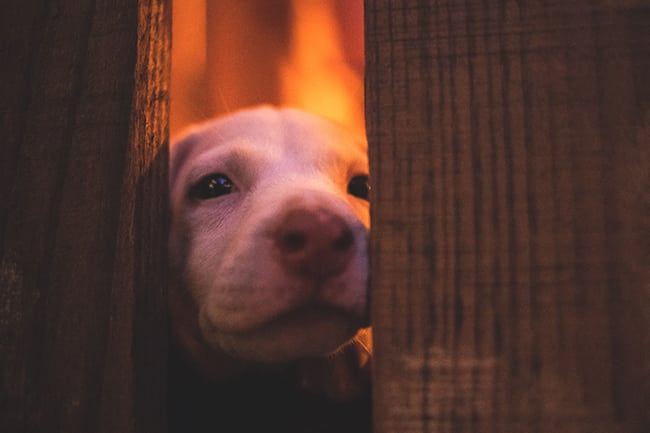In recent years there has been a steady increase in the number of wildfires seen throughout the world. Not only are they destroying homes and communities, but they are also destroying millions of acres of land globally. That is in addition to the danger they pose to humans and our beloved pets. With the risk that wildfires pose less of a threat and more certainty, you must be prepared and know exactly what to do. Read on below to find out just how these dangerous wildfires can affect your pet!
The health concerns
Just like their human counterparts, pets can suffer truly awful effects from fire and smoke. Especially smoke-related illnesses should not be underestimated. How dangerous is it to breathe smoke, and just what should you be worried about when it comes to Fido and Fluffy?
The largest killer of animals when there is a wildfire by far is smoke. Smoke is an irritant to the lungs, and if it is bothering you, it is also bothering your pets. Pets who have any preexisting conditions—such as respiratory diseases or cardiovascular diseases—are even more likely to suffer ill effects from breathing smoke.
There are signs for you to watch out for if you believe that your pet may have inhaled smoke. The most common ones are loud breathing or wheezing, breathing difficulties, coughing, reduced thirst or appetite, excessive blinking, tearing red eyes, disorientation, and fatigue.
Animals sense fire, just as they can sense many other events and emotions. Because they know enough to be afraid, their instinct is to run and hide in a place that they feel safe.
The unfortunate part, that all too often, pets will try to find safety in hard-to-find hiding spots, which makes it impossible to find your pet. Sadly, in many cases, these pets are not found until after the fire and after they have died from smoke inhalation.
What to do when the air quality is unhealthy
It is not safe for your pet to remain in an area where the quality of air is poor. The air is both hazardous and dangerous to breathe, both for you and your pets. If the air quality is low, there are several things you can do:
- Keep your pets indoors unless they need to relieve themselves.
- Ensure that your windows remain shut.
- Avoid any strenuous or long-term outdoor activity.
- Watch your pets carefully for any of the signs listed above for excessive smoke inhalation.

An evacuation plan and what to prepare
By being properly prepared in case of a wildfire, you will never be forced to choose between the safety of yourself and the safety of your pets. When the approach of wildfire season is imminent, prepare the following things in advance to ensure that everyone gets out safely if the need arises:
1. Keep your pets identification up to date
Make sure that your pets are always wearing a collar with up-to-date information. If you get separated, this can be essential so that whoever finds your pets can easily get in touch with you or your vet and report them as found. It is also a good idea to have Pet Alert stickers on your windows. This way, if you are not at home, rescuers will know exactly how many pets you have and what type they are.
2. Prepare an emergency bag
Have a bag packed for each of your pets, the same as you would pack for yourself. This “go bag” should contain:
- 3- to 7-day supply of essential items like bottled water and food
- bowls and essentials like a can opener, if needed
- a leash or harness
- extra medications
- some sanitary solutions (such as pee pads, elderly dog diapers, cat litter, soap, paper towels, garbage bags, disinfectants, etc.)
- some comfort items (favorite treats, some toys, blankets, etc.)
3. Never forget the First Aid Kit
The last critical item to have in your pet “go bag” is a first aid kit. A proper pet first aid kit should include items like scissors, a syringe, tweezers, hydrogen peroxide, alcohol wipes, towels, antibiotic ointment, an ice pack, artificial tear gel, gauze and wraps, styptic powder, a flashlight, sterile saline eye solution, and a card containing your veterinary information.
Plan for the worst, hope for the best
With a plan firmly in place and go “go bag” prepared and maintained, if the situation gets hot, you can evacuate quickly. Knowing how wildfires can affect your pet will help you make swift and educated decisions in case of an emergency. Make sure your vehicle has a full gas tank and that any carriers or cages for your pets are within reach. Hopefully, the above information will never become something that you need to use, but if it does, you can feel confident that you have done all you possibly can to get everyone out safely!

